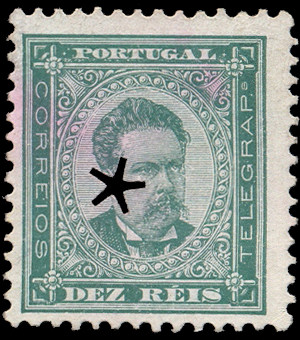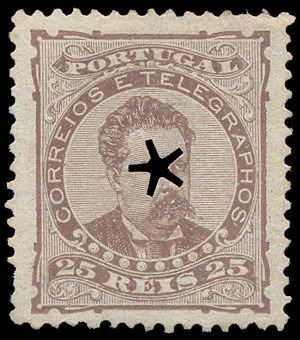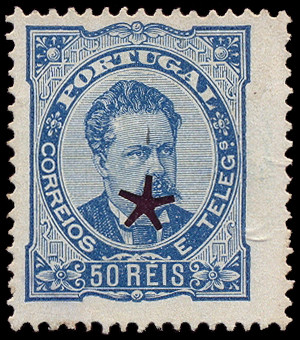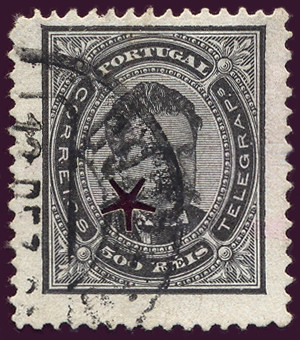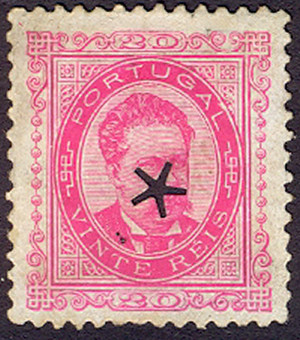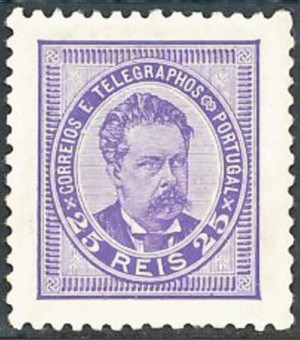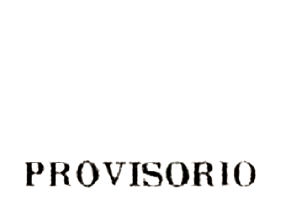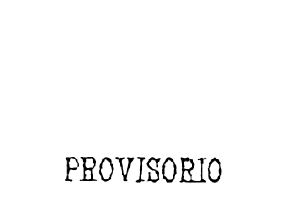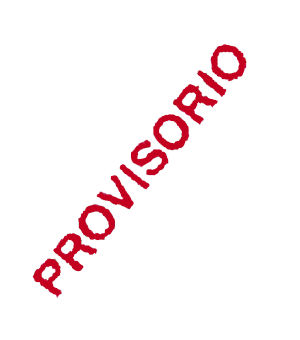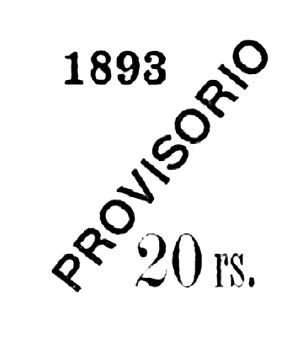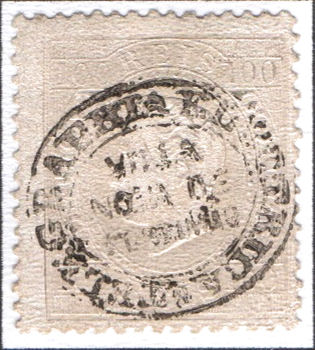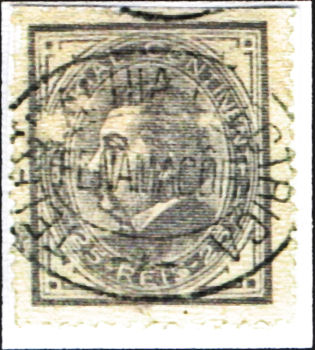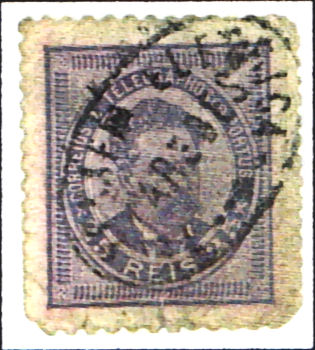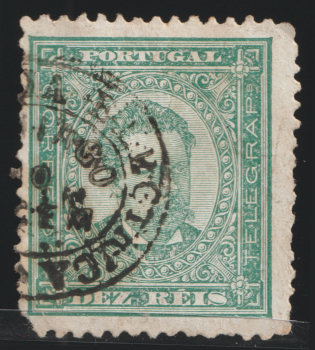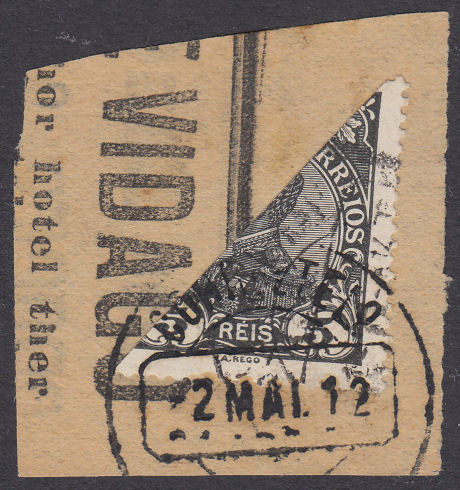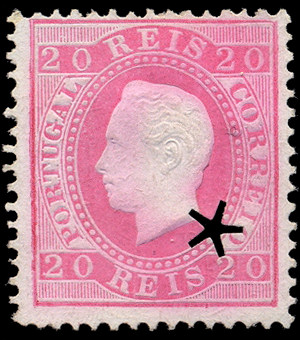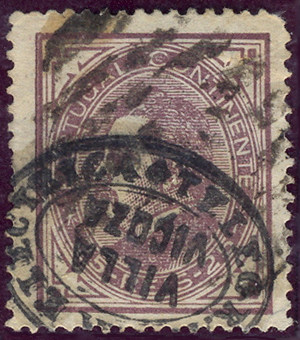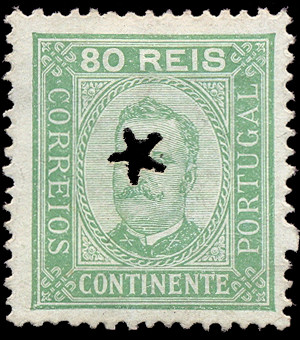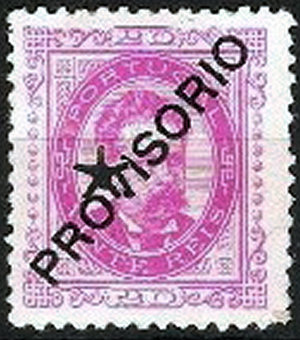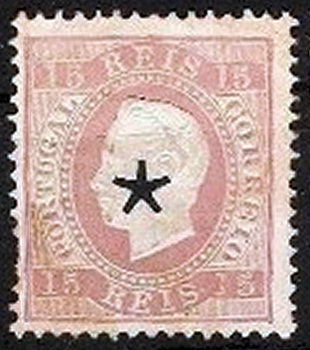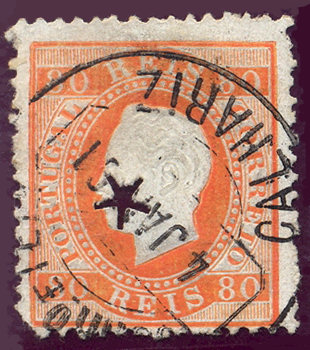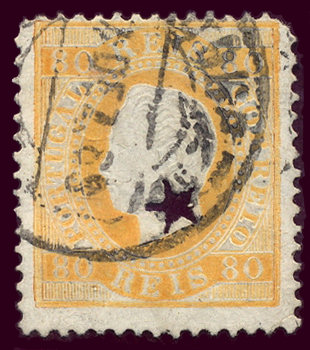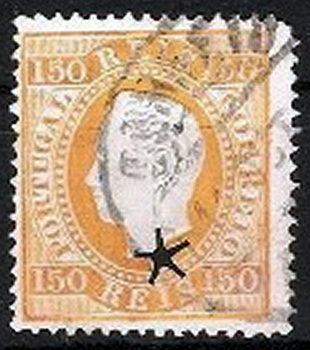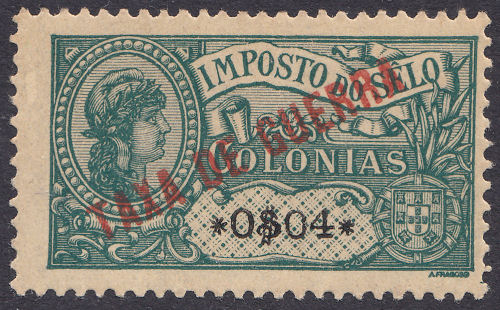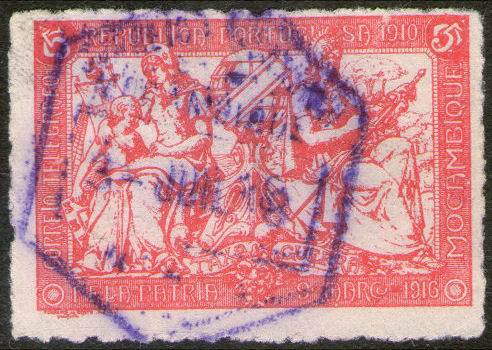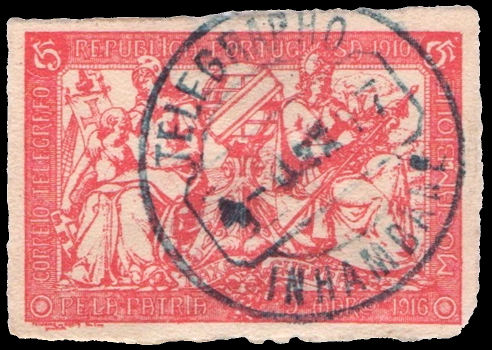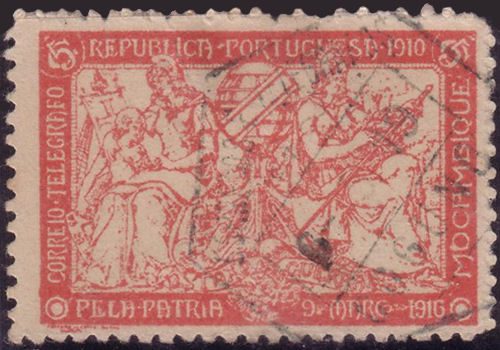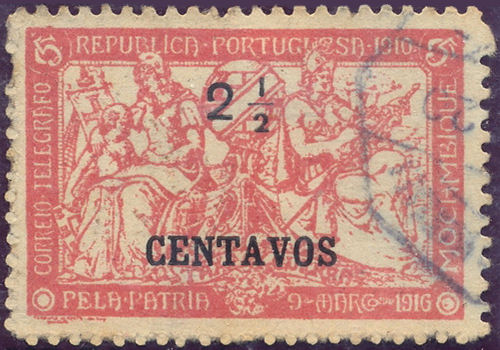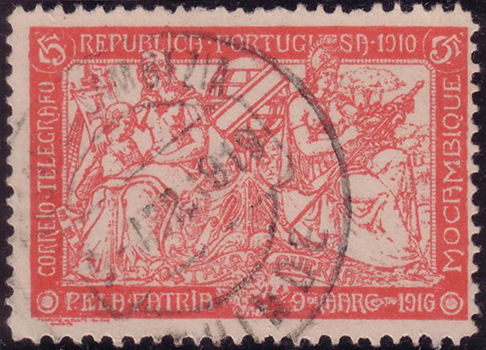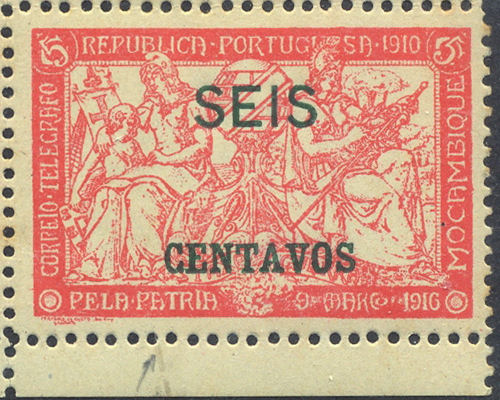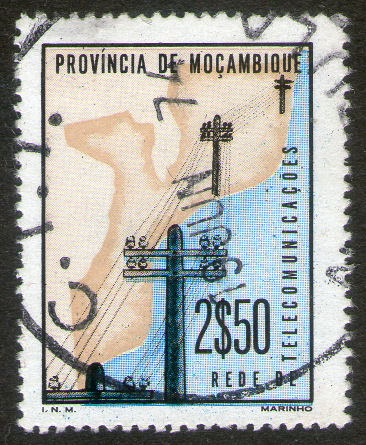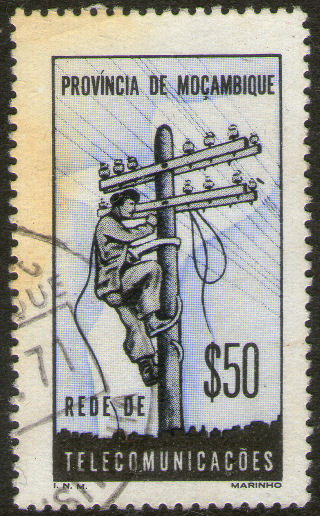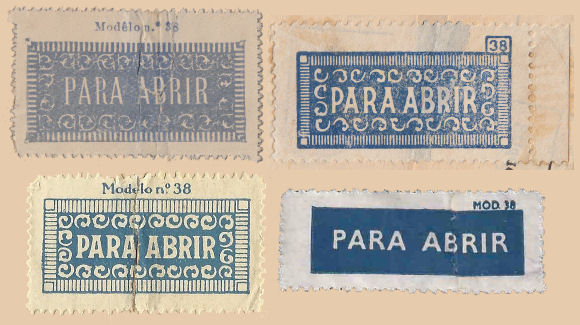| Up a level | ||||||||||
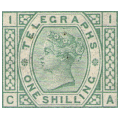 |
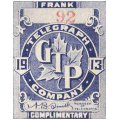 |
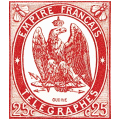 |
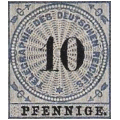 |
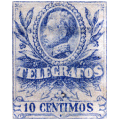 |
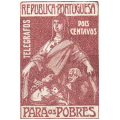 |
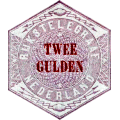 |
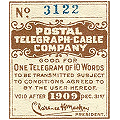 |
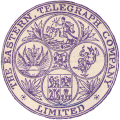 |
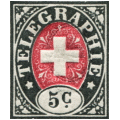 |
 |
| British | Canadian | French | German | Spanish | Portuguese | Netherlands | U.S.A. | Eastern | the rest | Contributions |
I have brought these prices up to date and added currency selection. I have also made additions. Some of those have 'RH' numbers (Revised Hiscocks). CheckList Setup |
Portugal
In 1982, for Portugal and Colonies, Steve Hiscocks wrote:
The telegraph stamps of Portugal, the Azores for which they were overprinted, and the Portuguese Colonies fall just within the scope of this
catalogue in that they were essentially compulsory charity stamps which had to be used if one wished to send a telegram on certain days of the year.
They are thus analogous to those of Iran and some of those of Spain, Puerto Rico, etc. There is in fact much uncertainty and disagreement over which,
especially among the more recent issues, were intended for telegraphic use as distinct from postal, parcel and fiscal uses. A fairly conservative view has
been taken and most of the more recent charity stamps, whose telegraphic status is in some doubt, have been excluded. I am however, open to correction.
My note:
Not being a printed book, my scope can be less restrictive. I have started to include postage stamps used telegraphically, but there are probably more to add.
I have also added stamps of India used in Portuguese India.
I am also always open to correction, additional information/images, suggestions and criticism, etc.
1911 (4 October) Postage stamp of 1910 overprinted 'REPUBLICA' in green and 'ASSISTENTIA' in black. White wove paper.
No watermark. Perf. 14 x 15. (Steve Hiscocks actually illustrated the Açores H1 in place of this.)
 |
| H1. |
| Hisc. | Description | Mint | Used |
|---|---|---|---|
| H1 | 20r carmine | 8.00 | 6.00 |
1912 (4 October). Postage stamp of 1912 overprinted diagonally with 'ASSISTENTIA' in black.
Chalk surfaced white wove paper (variable thickness) without watermark. Perf. 15 x 14.
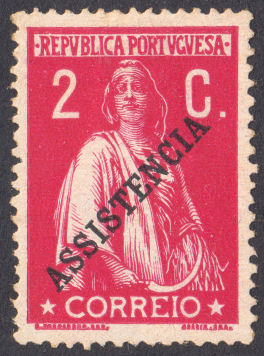 |
| H2. |
| Hisc. | Description | Mint | Used |
|---|---|---|---|
| H2 | 2c carmine | 6.00 | 3.00 |
1913 (8 June). Lisbon Festival stamp. Lithographed on white wove paper without watermark. Perf. 12 x 11½.
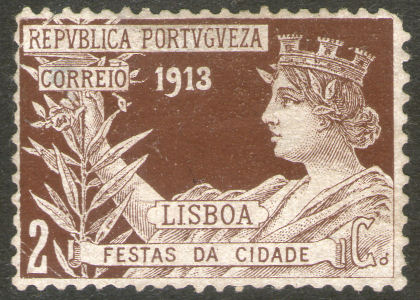 |
| H3. |
| Hisc. | Description | Mint | Used |
|---|---|---|---|
| H3 | 2c reddish brown | 6.00 | 5.00 |
1915 (4 October). Typographed on white wove paper without watermark. Perf. 12.
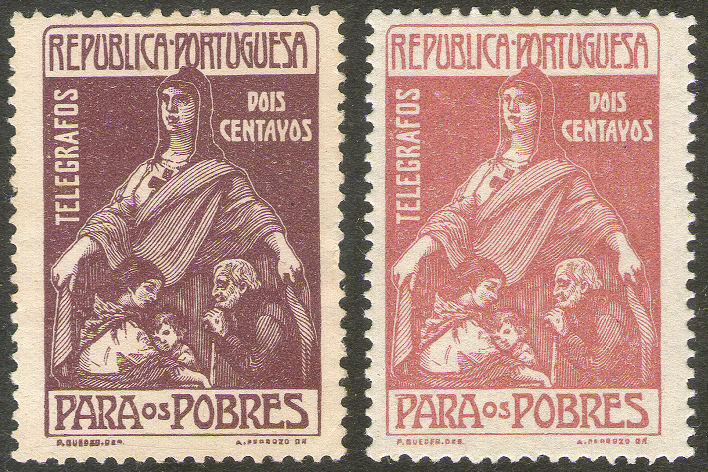 |
| H4 and H4a. (to raise money for the poor) |
| Hisc. | Description | Mint | Used |
|---|---|---|---|
| H4 | 2c brown-lilac | 4.00 | 1.35 |
| H4a | dull brown-rose | 1.75 | 2.75 |
1922 (4 October). New design. Slightly yellowish wove paper without watermark. Perf. 11½ x 12.
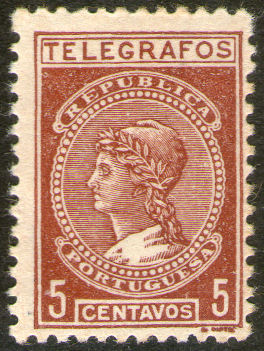 |
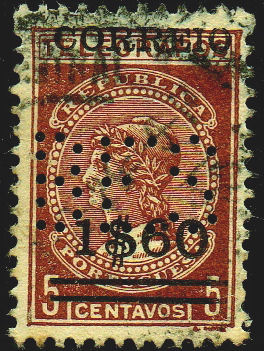 |
 |
| H5. | Converted for postal use and perfined BES. Courtesy of Jeff Turnbull. |
Banco Espirito Santo E Commercial de Lisboa. |
Anyone have this, or another perfin on the Telegraph version?
| Hisc. | Description | Mint | Used |
|---|---|---|---|
| H5 | 5c red-brown | 4.00 | 0.50 |
1924 (4 October). As No. 4a but surcharged 30c in black.

| Hisc. | Description | Mint | Used |
|---|---|---|---|
| H6 | 30c on 2c dull brown-rose | 6.00 | 5.50 |
1925 (4 October). As No. 4 but new value. Perf. 12½.
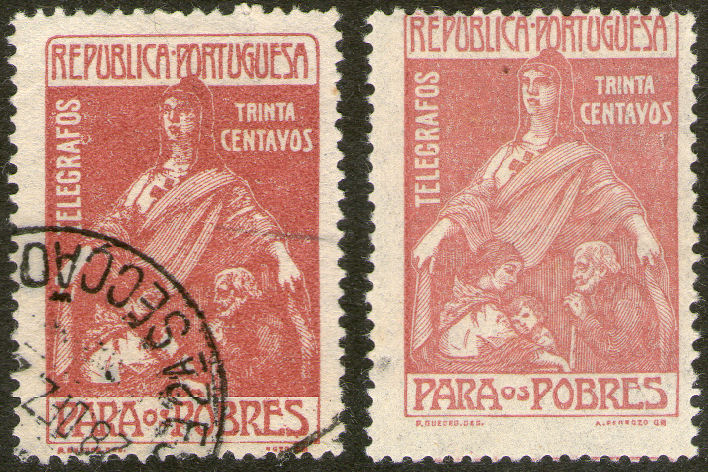 |
| Two shades of H7 (30c to raise money for the poor) |
| Hisc. | Description | Mint | Used |
|---|---|---|---|
| H7 | 30c brown-rose (shades) | 6.25 | 5.50 |
1882 - Correios e telégrafos
The 5R grey-black issued 1891? is courtesy Bram Leeflang. I couldn't find this in the Scott Catalogue. It is their type A21, but they have it only in black or in grey black with "Provisorio overprints".
| RH # | Type | Description | Mint | Postally used | Telegraphically used |
|---|---|---|---|---|---|
| CTS1 | CT1 | 2r black (1884) | 24.00 | 17.50 | ? |
| CTS2 | CT2 | 5r black (1883) | 32.50 | 3.50 | ? |
| CTS2a | CT2 | 5r grey-black (1891?) | - | ? | ? |
| CTS3 | CT3 | 10r green (1884) | 35.00 | 4.00 | ? |
| CTS4 | CT4 | 25r brown | 29.00 | 2.40 | ? |
| CTS5 | CT5 | 50r blue | 45.00 | 3.00 | ? |
| CTS6 | CT6 | 500r black (1884) | 500.00 | 300.00 | ? |
| CTS7 | CT6 | 500r violet-blue (1887) | 275.00 | 52.50 | ? |
| RH # | Type | Description | Mint | Postally used | Telegraphically used |
|---|---|---|---|---|---|
| CTS8 | CT7 | 25r violet | 27.00 | 3.00 | ? |
| CTS9 | CT7 | 25r lilac-rose | 27.00 | 3.00 | ? |
In 1892 and 1893 'PROVISORIO' overprints were applied to the stamps above.
| RH # | Type | Overprint | Description | Mint | Postally used | Telegraphically used |
|---|---|---|---|---|---|---|
| CTS10 | CT2 | A | 5r black | 16.00 | 8.75 | ? |
| CTS11 | CT2 | C | 5r black | 13.50 | 6.75 | ? |
| CTS12 | CT2 | D | 5r black | 26.00 | 22.50 | ? |
| CTS13 | CT3 | B | 10r green | 16.00 | 8.75 | ? |
| CTS14 | CT3 | C | 10r green | 16.00 | 7.25 | ? |
| CTS15 | CT3 | D | 10r green | 24.00 | 20.00 | ? |
| CTS16 | CT7 | C | 25r lilac-rose | 14.50 | 5.25 | ? |
| CTS17 | CT7 | E | 20r on 25r lilac-rose | 52.00 | 47.00 | ? |
| CTS18 | CT7 | D | 25r lilac-rose | 110.00 | 100.00 | ? |
| CTS19 | CT5 | C | 50r blue | 77.00 | 62.00 | ? |
| CTS20 | CT5 | D | 50r blue | 110.00 | 110.00 | ? |
After these, they stopped marking stamps as being valid for telegraphic use, though no doubt used them as such anyway.
Cancels
There is a detailed article by Paolo Sequeira, that can be found in a PDF document (page 14), currently available at cfportugal.pt
Both before and after the Correios e telégrafos stamps above, normal postage stamps were used to pay for sending telegrams.
Telegraphically used stamps generally have some variant of a circular, oval or hexagonal cancel with CORREIOS E TELEGRAFOS abbreviated or in full.
Early ones were worded "TELEGRAPHIA ELECTRICA" or "ESTAÇÃO TELEGRAPHICA" though there were a few individualistic ones.
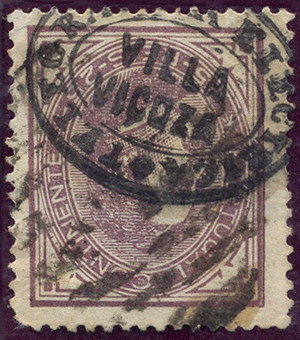
ELECTRICA TELEGRAPHICA
VILLA VIÇOZA
(S. JULIAO is also known)
This type is referred to as "Primitivo", or Primitive.
on an 1881 issue stamp, courtesy of Rolf Lamprecht.
It should be noted that this series was reprinted in 1885 and 1905, as were the later issues.
As with other countries, the telegraph operator generally defaced the stamp with a simple line when transmitting.
However, unusually, this was often done with a kind of roller cancel with 3 red lines made up of short diagonal lines. These are referred to as "roulettes", though no puncturing was involved.
The star punch was added later (or not).
Telegraphic use of postage stamps.
Another telegraph office fraud ? The piece carries an advert for Vidago, a town in the municipality of Chaves.
The one on the right was used at Porto, a much bigger place.
I have seen quite a few Portuguese stamps with small star-shaped punch holes. I have also seen different opinions as to the significance of them.
One theory is that these were used on Official stamps, but the Official overprint when it came out in 1938 only needed one denomination.
A search did turn up a comment by Carlos Kullberg, author of Selos de Portugal Álbum 1 (1853/1910) (under 1884):
É interessante notar, que os selos destinados aos portes telegráficos, eram inutilizados com uma perfuração em estrela de cinco bicos,
depois terem levado a marca do dia! Foram assim inutilizados, selos das emissões de 1870 a 1893.
Which translates roughly to:
It is interesting to note that the stamps for telegraphic charges, were devalued with a five-point star punch,
then they got the date stamp! Thus, stamps of the issues of 1870 to 1893 were cancelled.
This seems fairly explicit, and the writer would seem to be reputable enough to believe that this is not simply a guess, though not all examples have the date stamp.
I would be interested to hear from someone that has one of these on piece or with gum though.
Rolf Lamprecht has kindly provided me with scans of a number of examples of punched Portuguese stamps, so I will make a start on listing them.
This is complicated by several factors, many of these were produced with a variety of perforations, some were on normal or glazed paper,
and in 1885 and 1905 reprints were done of earlier issues. I will thus list types I have seen punched,
in order of the first appearance of the basic design and provide notes where I can.
I have shown two examples of type 3 here to highlight the fact that there are different star-punches.
That on type 11 is different again. I presume they were used at different locations and/or different times.
The table below is adapted from Scott which uses the cheapest price for postally used where several varieties are include in an entry.
I have yet to add values for stamps with star-punch-holes, but they will not be higher than the postally used price.
Compared to the Spanish punched stamps, these have a value that is a significantly higher proportion of the postally used values.
This is because a smaller area of the stamp is lost, the star itself has some aesthetic appeal and they are much scarcer than their Spanish counterpart.
Portuguese Colonies
Azores
The Correios e telégrafos of 1882 and later as listed for Portugal,
were also overprinted for use in the Azores.

Strangely I couldn't find this in my Scott catalogue, but I found the 5r to 300r.
Some of these have a design specific to the Azores, but most are Portuguese stamps overprinted with 'AÇORES'.
The Correios e telégrafos, CT1 to CT9 above for example.
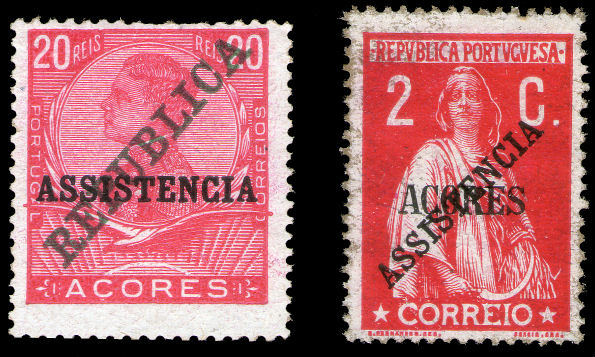
Azores H1 and H2.
1911 (4 October). Postage stamp of 1910 (SG194) overprinted 'ASSISTENCIA' in black.
White wove paper without watermark. Perf. 14 x 15.
| Hisc. | Description | Mint | Used |
|---|---|---|---|
| H1 | 20r carmine | 10.00 | 6.00 |
1912 (4 October). As No. 2 of Portugal but further overprinted 'AÇORES' in black.
| Hisc. | Description | Mint | Used |
|---|---|---|---|
| H2 | 2c carmine | 7.50 | 4.00 |
1915 (4 October). As No. 4 of Portugal but further overprinted 'AÇORES' in black.
 |
| H3 (to raise money for the poor) and *H3a. |
| Hisc. | Description | Mint | Used |
|---|---|---|---|
| H3 | 2c brown-lilac | 5.00 | 1.50 |
| *H3a | dull brown-rose | 2.00 | 3.00 |
* Added due to example shown.
1922 (4 October). As No. 5 of Portugal but overprinted 'AÇORES' in black.
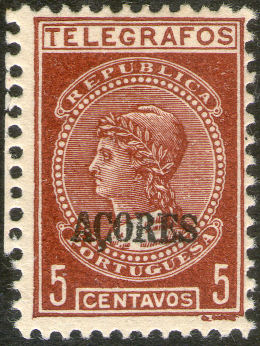 |
| H4. |
| Hisc. | Description | Mint | Used |
|---|---|---|---|
| H4 | 5c red-brown | 5.00 | 3.00 |
1925 (4 October). As No. *H6 of Portugal but overprinted 'AÇORES' in black.
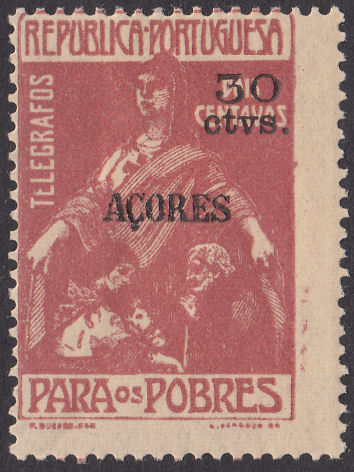

| Hisc. | Description | Mint | Used |
|---|---|---|---|
| H5 | *30c on 2c brown-lilac | 7.50 | 6.00 |
* Steve Hiscocks said H7 of Portugal overprinted with 'AÇORES', but that appears to be wrong
The used one is dated 5 August 1927, nearly 2 years after H7 was issued, perhaps all the old stock was overprinted for the Açores.
Anyway, I have corrected it. But if you have one overprinted on H7, please let me know and I will add it as well. It may be just rare.
Note that Ponta Delgada, consisting of the islands of Sao Miguel and Santa Maria in the Azores had their own stamps issued 1892 to 1905 which may conceivably have seen telegraphic use.
They were superseded by stamps of the Azores.
Macao & Timor
100 Avos (a) = 1 Pataca
1919 (1 July). Revenue stamp overprinted 'TAXA DE GUERRA' in red.
White wove paper without watermark. Perf. 15 x 14.
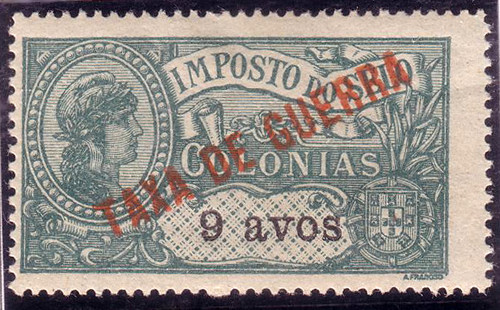
Type 10 Courtesy of Rolf Lamprecht.
| Hisc. | Type | Description | Mint | Used |
|---|---|---|---|---|
| H1 | 10 | 9a deep blue-green | 5.00 | 5.00 |
10 July 1944 receipt for ??? Telegrafico das Colónias Portuguesas Telegram to Shanghai.
Scott gives 1945 for the issue date of these Postal Tax stamps!

This has a 20 Avos in postal tax stamps (Scott RA7). Image courtesy of Antonio Torres.
Portuguese Colonies in Africa
(Mozambique and Angola mostly)
(1919 As for Macao. Perf. 15 x 14.
The colour of the overprint also seems different on these two.
| Hisc. | Type | Description | Mint | Used |
|---|---|---|---|---|
| H1 | 14 | 4c deep blue-green | 5.00 | 4.00 |
| H1a | 14 | perf. 12 x 11½ | 5.00 | 4.00 |
| H1b | 14 | as H1a but smooth cream paper with less marked 'wove' pattern | 6.00 | 6.00 |
Mozambique
1916 (8 July). War tax stamp. White wove paper without watermark. Rouletted 7.
| Hisc. | Type | Description | Mint | Used |
|---|---|---|---|---|
| H1 | 11 | 5c carmine (shades) | 2.50 | 1.50 |
| H1a | 11 | imperf. | 5.00 | 5.00 |
| H1b | 11 | on horizontally laid paper | 50.00 | 20.00 |
1918 (February). Similar to the above but with frame solid rather than shaded. Perf. 11 or 11½.
| RH # | Hisc. | Type | Perf. 11 Description | Mint | Used |
|---|---|---|---|---|---|
| RH2 | H2 | 12 | 5c carmine (shades) | 3.75 | 2.50 |
| RH2a | - | 12 | overprinted "2½ CENTAVOS" | 5.00 | 4.00 |
The Scott catalog lists RH2a as a postage stamp, as oppose to RH2 that it lists as a War Tax stamp. Since it is marked "Correios e telégrafos",
it should have been valid for telegraph use, though may not often have been used that way.
1918 (1 October). As above. Perf. 11½.
| RH # | Hisc. | Type | Description | Mint | Used |
|---|---|---|---|---|---|
| RH3 | H3 | 12 | 5c red (marked shades) | 3.75 | 2.50 |
| RH3a | H3a | 12 | error '1910' for '1916' | 15.00 | 10.00 |
| RH3b | H3b | 12 | error 'PETRIA' for 'PATRIA' | 7.50 | 5.00 |
| RH3c | H3c | 12 | error 'PEPUBLICA' | 7.50 | 5.00 |
| RH3d | H3d | 12 | error 'TELFGRAFO' | 7.50 | 5.00 |
| RH3e | H3e | 12 | imperf. | 15.00 | 10.00 |
| RH3f | - | 12 | overprinted "SEIS CENTAVOS" in green | 4.00 | 3.00 |
The Scott catalog lists RH3f as a postage stamp, as oppose to RH3 that it lists as a War Tax stamp. Since it is marked "Correios e telégrafos",
it should have been valid for telegraph use, though may not often have been used that way.
Hiscocks added the following note:
| Note. The four errors 3a—3d are also found imperforate as type 3e. About £15 each mint or used. [1982 prices] |
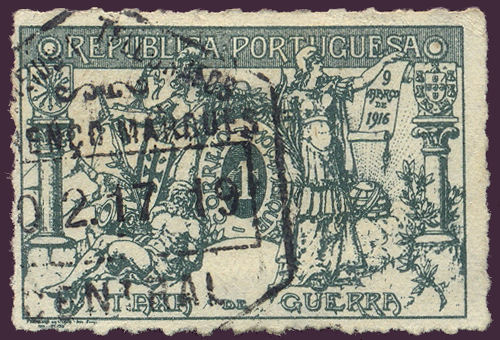
A Mozambique 1c War-Tax stamp of 1916 marked "CORREIO", used in Lourenço Marques.
This has a typical hexagonal Correios e telégrafos cancel. Image courtesy of Rolf Lamprecht.
1965 White wove paper without watermark. Perf. 14½.
#13 Taken from Hiscocks Book, page 252.
| Hisc. | Type | Description | Mint | Used |
|---|---|---|---|---|
| H4 | 13 | 2E50 black, salmon and pale blue | 5.00 | 2.00 |
| H4a | 13 | chalky paper | 5.00 | 2.00 |
Hiscocks added the following note:
| Note. While No. 4 was apparently intended for use on telegrams, it has been questioned whether this was in practice its major use. |
My note: John Barefoot lists type 13 saying this value was specifically intended for telegraph tax.
The (slightly stained) stamp on the right with a face value of 0E50, together with a 1E00 value were used on mail to raise money for telecommunications.
The Scott catalogue says that the 2E50 was for telegrams and do not list it for postal use. They do list a 30c, 50c and 1E00 for postal tax use.
The 2E50 stamp shown has a 1974 CTT ("Correios, Telégrafos e Telefones") cancel, the 50c has a normal postal cancel.
2E50 appears to have been a reduction, for the sake of interest, here is a telegram from 8 August 1963.
Lisbon to Inhambane, Mozambique.
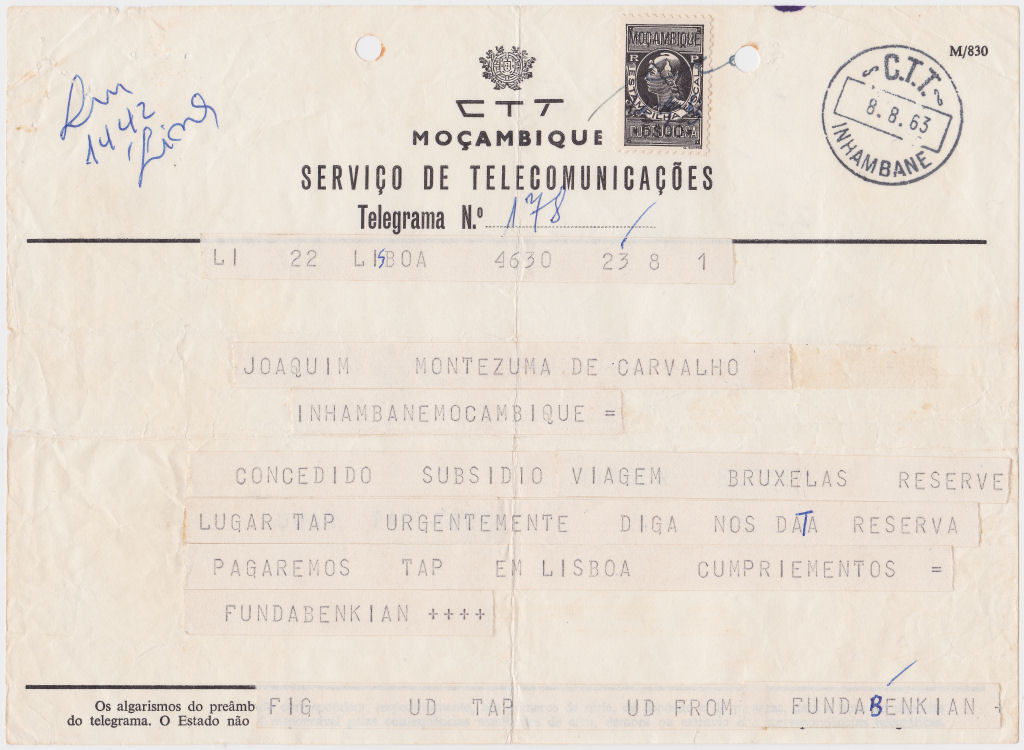
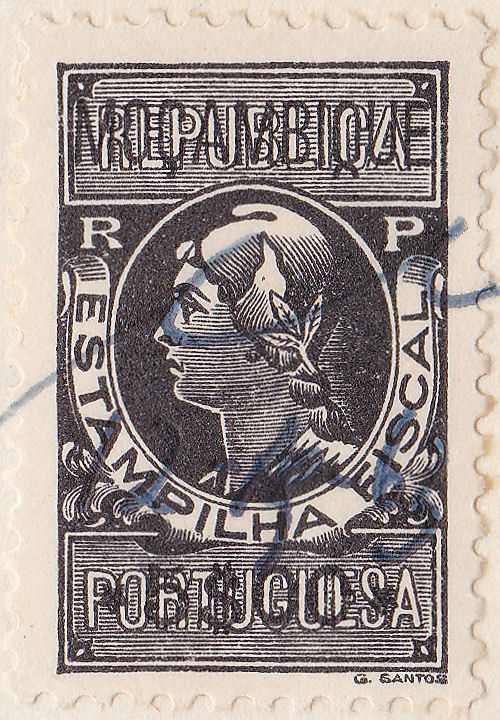
That had a 5E Fiscal Stamp affixed.
A receipt of The Eastern & South African Telegraph Co., Ltd. dated 2 May 1924 used at Beira for a telegram to Liege, Belgium.
"(Station Books 9/57.)" in the top-right corner.

It has a 1c Colonial fiscal stamp for Mozambique to cover a tax on receipts and has an imprint of "W. & S. Ltd." at bottom left, probably Waterlow & Son.
From RL.
From 1894 to 1917, stamps of Mozambique inscribed "Zambezia" were used in the district of that name, some telegraphically.
Stamps of Mozambique and Lourenço Marques can also be found with Zambezia cancels.


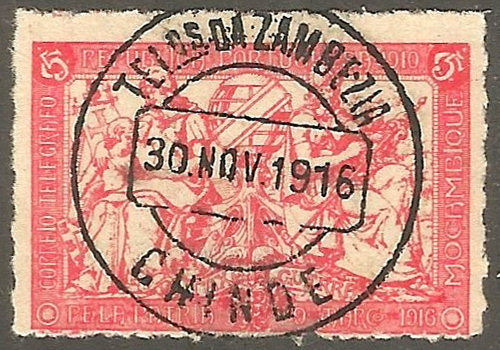
3 examples used Telegraphically in Zambezia, courtesy of Bram Leeflang.
Angola
Posts & Telegraphs Telegram, Modelo No. 804, dated 7 July 1922
This was used at Loanda, later called Luanda. - Size 215 x 252mm.

Details of form number at top-right and imprint lower down.
![]()
![]()
Images courtesy of Bram Leeflang who points out that the "Via" is "Cabo", presumably Capetown.
A C.T.T. Radio Telegram, Modelo No. 804, dated 8 September 1955
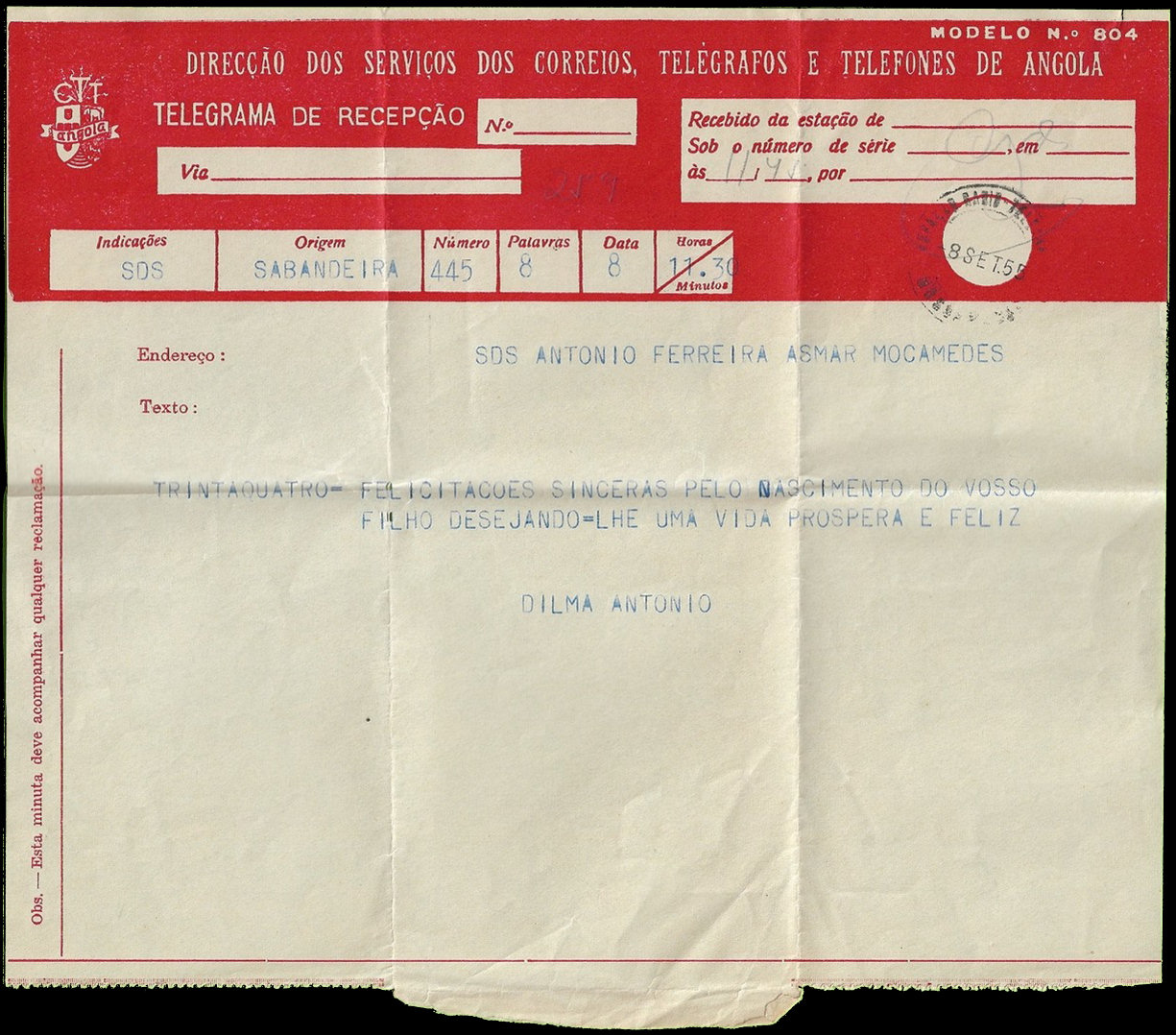
A Registered envelope from Luanda inscribed "Direcção dos Serviços dos Correios, Telégrafos e Telefones da Província de Angola" dated as 10 April 1957.
It is also marked "Mod. 9—A / (AVIÃO)" at the top-right.
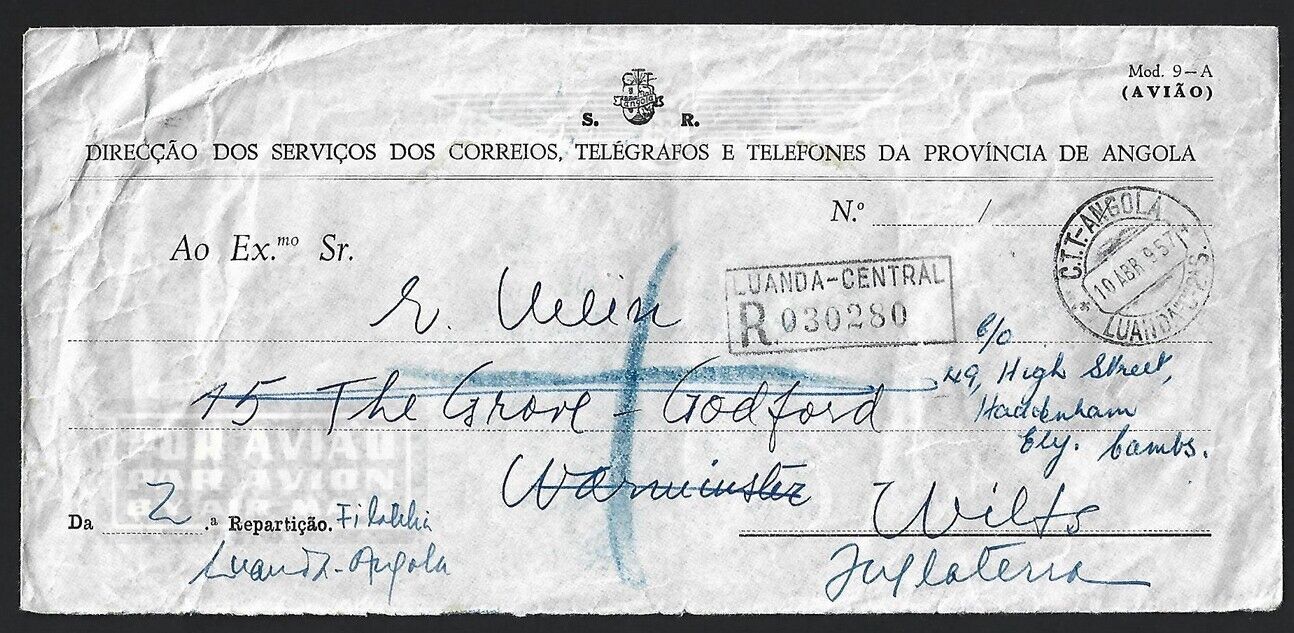
Originally addressed to Warminster, Wiltshire, it was redirected to Ely, Cambridgeshire via Godford.
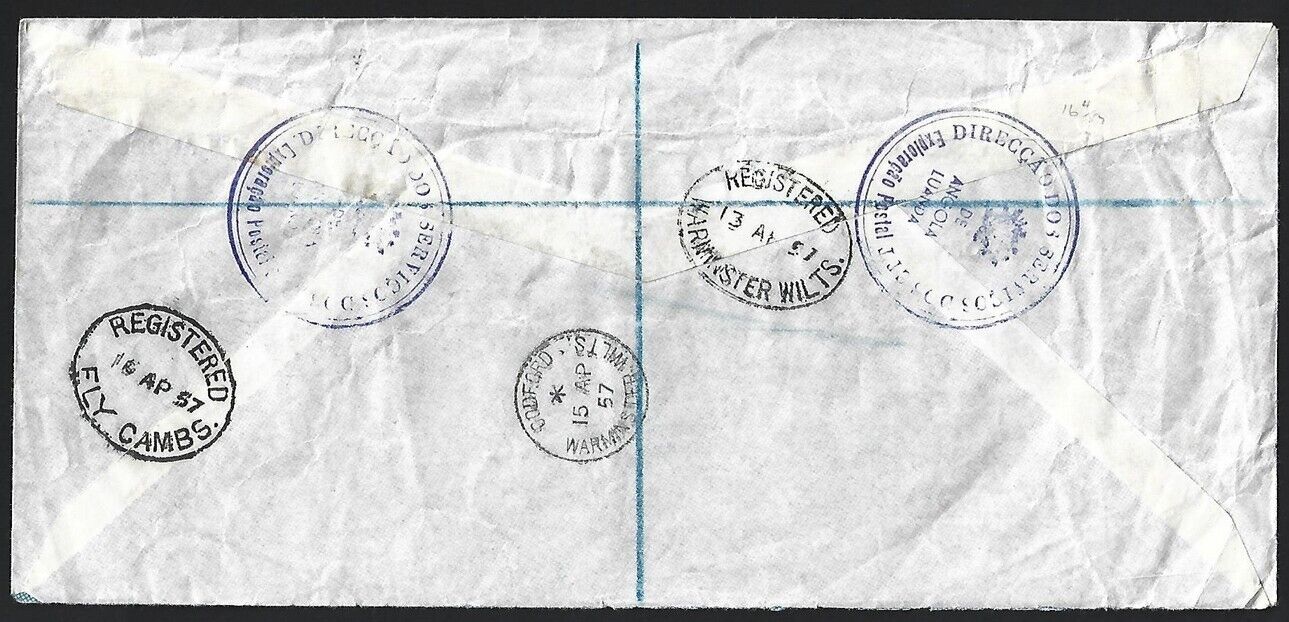
Images courtesy of AlphaOmegaPhilately on eBay (click image for listing).
Others
Other Portuguese possessions with a telegraph service are likely to have ways to pay for it with stamps.
I will illustrate what I come across. The following are places that may have had such:
Portuguese Congo which was the northern tip of Angola but had its own stamps until they were replaced by stamps of Angola.
Cape Verde Islands, 460 km off the coast of Senegal, Africa.
Lourenço Marques, the southern part of Mozambique, issued its own stamps 1895 to 1921.
São Tomé & Príncipe in the Gulf of Guinea, Africa.
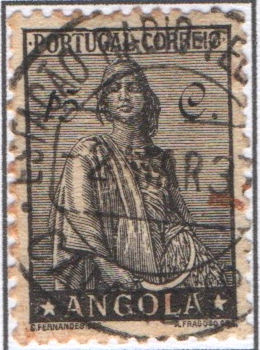
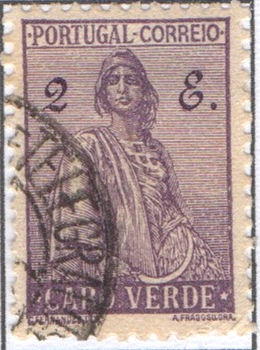
Other stamps used telegraphically may only be identified by their cancellation.
A 15c Angola on the left used for a Radio Telegram and
a 2 Escudo with a cancel indicating posts & telegraphs, but the high face value suggests the latter. Values went from ½c to 20E.
Cape Verde are a group of islands off the northwest coast of Africa. Telegraphy was probably very important there.
Images courtesy of Les Bottomley.
Portuguese India
(Goa and Damaun)
12 Reis = 1 Tanga
16 Tangas = 1 Rupia
1919 As for Macao. Perf. 15 x 14.
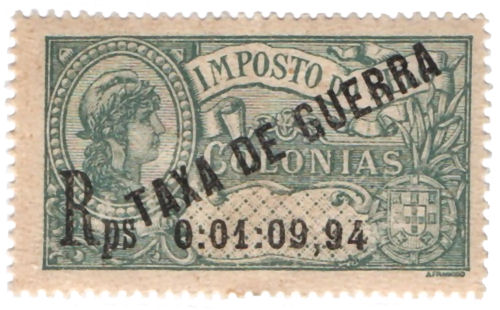
As in Hiscocks Book, page 252. Courtesy of Paul & Les Bottomley.
| Hisc. | Type | Description | Mint | Used |
|---|---|---|---|---|
| H1 | 15 | 0:01:09,94 deep blue-green | 5.00 | 5.00 |
Hiscocks added the following note:
| Note. It is not certain that this stamp was for telegraphic use. Used copies have normal postal cancellations. |
As with Ceylon, Indian Telegraph Stamps were extensively used.
two types of 'GOA'
in-line cancels are known, a narrow setting (Type 1) with flat sides to 'O' seen on 1 Rupee stamps and
a wider setting with rounded 'O' seen on 8 Anna stamps.
Later normal postage stamps were used with the round 'Bullseye' Telegraphic cancels inscribed 'NOVA GOA'.
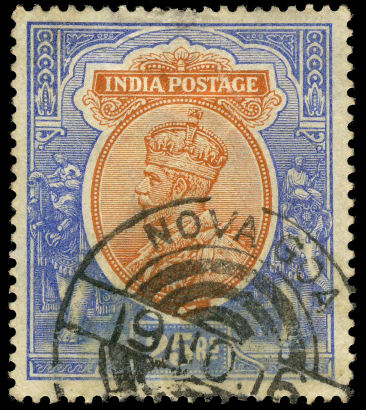
This one of 1916 is courtesy of Deepak Jaiswal APS, PTS.
Damaun is also reported to have had a Telegraph Office, but I have not seen evidence of usage,
unless it was perhaps called Damun at the time ?
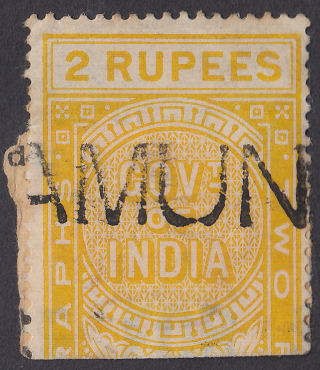
Folkert (see below) tells me though, that there is a place called Ootacamund
and perhaps others containing this string of letters.
I am indebted to Folkert Bruining of the Netherlands for bringing my attention to these.
Further information and images would be greatly appreciated.




